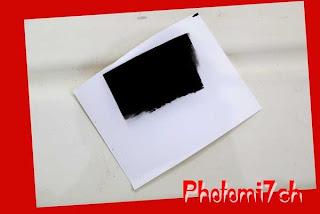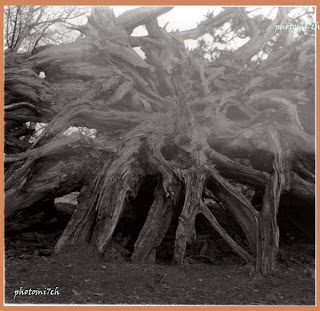The
recent airing of a documentary on Vivian Maier sparked a debate between my wife
and myself not on the wonderful pictures taken but about her camera equipment
and what it has added to her pictures.
 |
| Fg 1 |
Vivian used
a twin lens reflex camera (TLR). As the name implies it has a viewing lens of
the same focal length placed above the lens in front of the negative. They are
coupled together so when the viewing image is sharp it is the same at the focal
plane. There are several things to note when using this type of camera. One of
the oddities is the image; it is reversed, left is right and vice versa. So if
someone or object is moving towards the left of the screen the camera will need
to be moved to the right. It is
something that is a bit disconcerting when using the camera, more so for the
first few times. The view screen gives no indication of depth of field until
the negative is printed as there is no aperture settings. This lens design also
exhibits the parallax effect this is
where the juxtapositions between far and near objects are seen differently between the two lenses. This can
be compensated for by moving the picture taking lens up to where the viewing
lens is positioned.
 |
| Fg 2 |
With the
idiosyncrasy of the TLR explained, it makes the street pictures she took even
more wonderful. But I digress, this post is really about - 'does the camera add
something of it's self to the picture?' In other words would you have taken
that picture no matter what camera you were using?
I have
canvassed opinions from other photographers and it has been suggested that the
different working methods needed for different camera types and formats would
indicate that the camera adds something of it's self to the picture. Or is it
just perception? I will admit that certain cameras like the Lomo fisheye 2
undoubtedly adds to the composition in a particular way with its fish bowl
negatives and distorted edges, this is also true of the pinhole camera with
it's long exposures and blurred movement. These camera are chosen because of
these attributes but the same could be said for the main stream digital, 35mm,
medium, large format multi lensed system cameras. Maybe the premise is wrong
and it is the lens that leaves its mark so to speak.
 |
| Fg2 |
Lets be
honest there are a multitude of factors that come into play when making a
picture. With the camera lens combination playing the leading roll. I have not
until the above question arose, made the same picture with different cameras
and formats from the identical place. In my case it just does not happen.
Figure 1
Lomo fisheye 2 and figure 2 Nikon F5 with 28mm lens both 35mm Agfa APX 100 film
@ ISO 100 are a couple of examples where I have made the same picture with a
different camera in about the same place.
In
conclusion the camera and lens you choose to use has an effect on the pictures
you take therefore imparting something of is self on the end result.
 |
| Fg1 |



